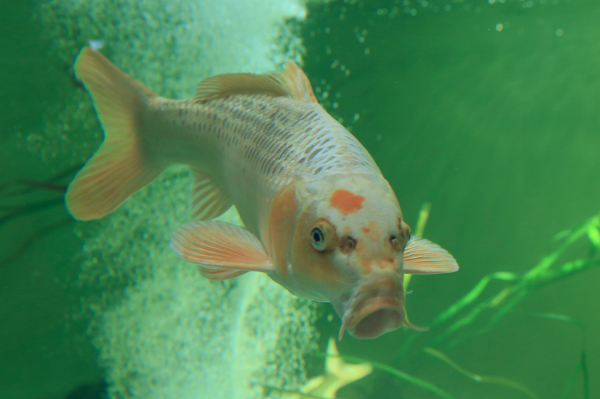Geelong research of a virus to kill noxious carp is “great news”, according to a local fishing columnist.
“Carp destroy habitat for native fish and other living creatures,” said Indy fishing columnist Chris Pitman, who works at Tackleworld Geelong.
“Reducing carp numbers should allow for increased numbers of native fish.”
Carp have been blamed with eating native fish and muddying waterways, which damages the environment to the detriment of other species.
But seven years of research into the koi herpesvirus had shown it could “significantly reduce the number of common carp in our rivers”, said the CSIRO’s Animal National Health Laboratory (ANHL).
The virus first appeared in Israel in 1998, quickly spreading throughout the world and killing carp, ANHL said.
Testing at the Newcomb facility’s high-security Fish Diseases Laboratory proved the virus also killed introduced Australian carp “fast”.
“The flip side is our rigorous testing to ensure that the virus won’t affect native Australian or important introduced species of fish.
“It has been shown to pose no danger to 13 native species such as Murray cod, various species of perch, eel and catfish, as well as a crustacean (yabbies) and a non-native fish species, the rainbow trout.
“Our work has shown that there are no clinical or pathological changes in these non-target animals, nor is there any evidence that the virus multiplies in these species.
“Chickens, mice, frogs, turtles and water dragons have also been tested as representatives of a wider community of birds, mammals, amphibians and reptiles.
“Again the virus has shown no effect on them which also makes us confident that it won’t affect that other major group of mammals – humans.”
The virus’s impact would be greatest in the first few years after release but then probably diminish as carp adapted, ANHL said.
“Therefore, we need an integrated pest management program that utilises other methods to complement our virus.
“These include new broad-scale technologies such as daughterless technology to create male-only populations as well as traditional regional methods such as trapping, the commercial collection of carp, and controlling access of carp to breeding grounds.”
Get the latest news to your email inbox FREE!
REGISTER






